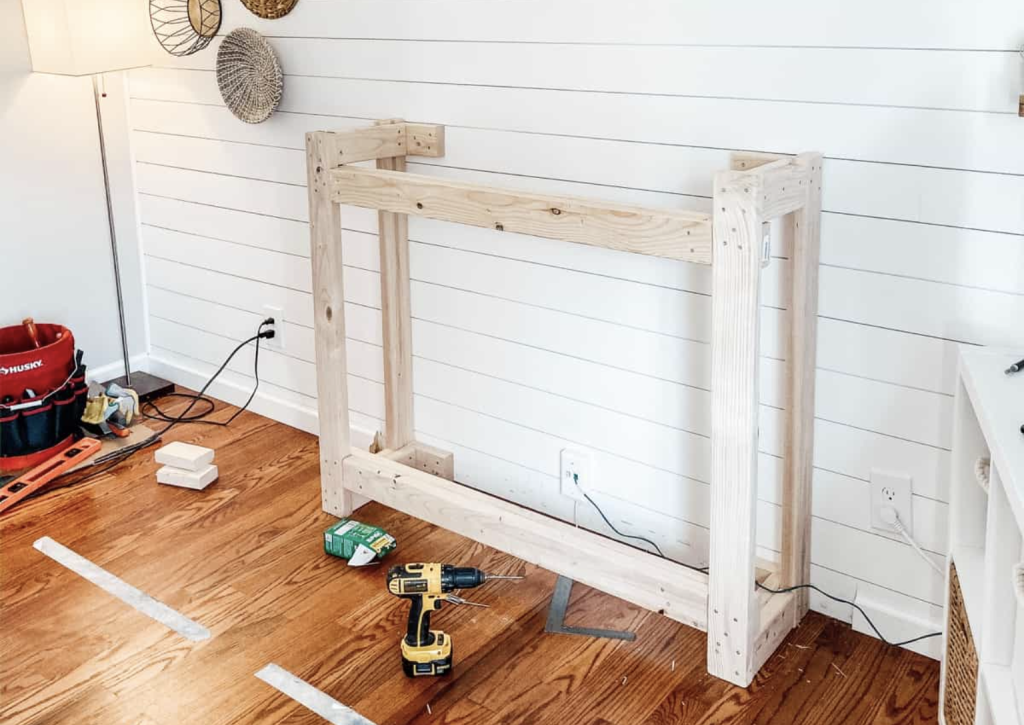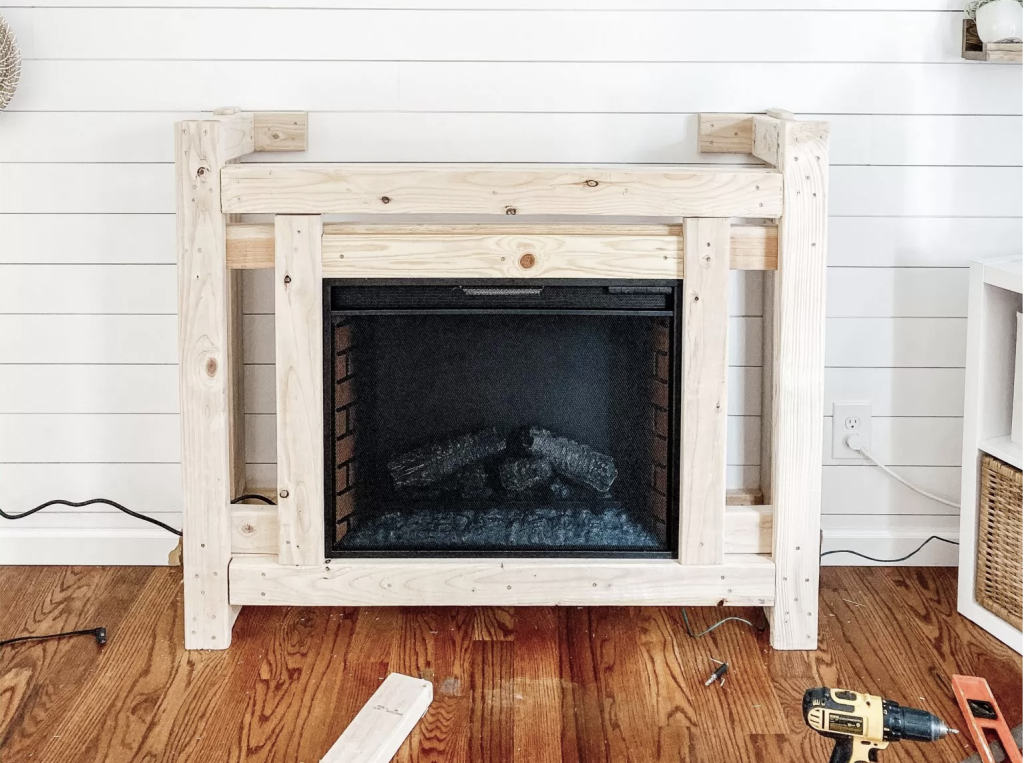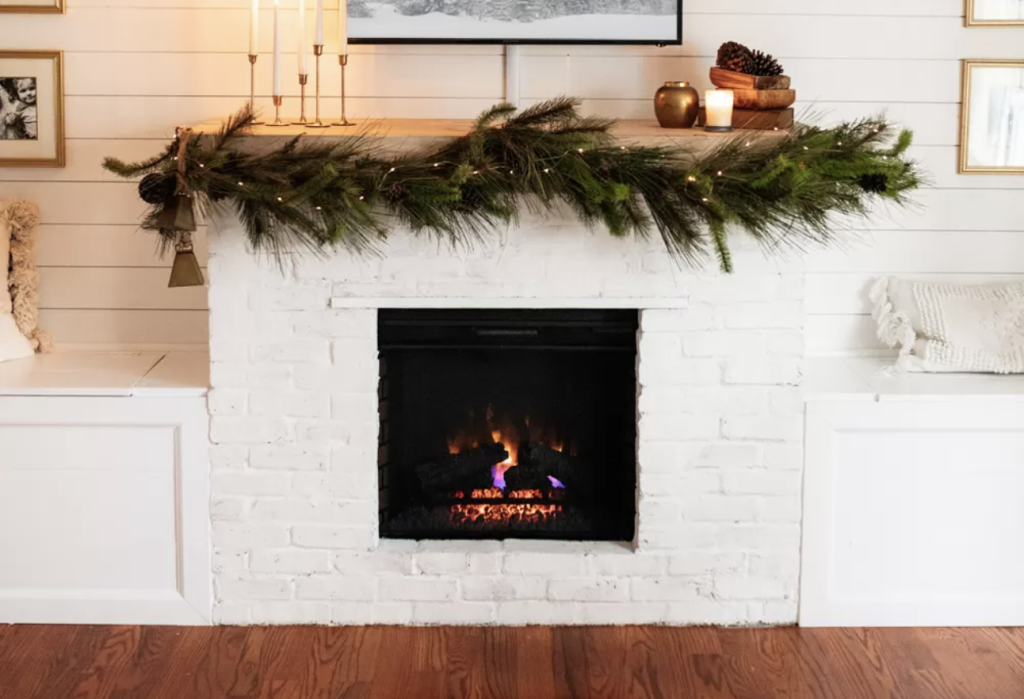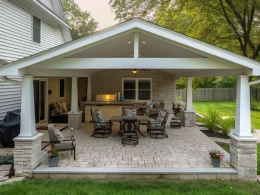Many homeowners dream of a cozy fireplace but worry about the cost and complexity of installing one.
Building your DIY fireplace can seem like a big task, especially if you’re unfamiliar with construction work.
This guide will show you how to build your DIY fireplace, saving you money and giving you a sense of accomplishment.
You’ll learn the basics of DIY fireplace construction, from choosing materials to finishing touches.
In this article, you’ll find a list of tools and materials you’ll need, clear instructions for each step of the building process, safety tips to remember, advice on getting necessary permits, and ideas for personalizing your fireplace.
By the end, you’ll have the knowledge to create a warm, inviting focal point in your home.
















